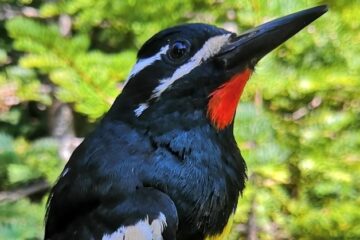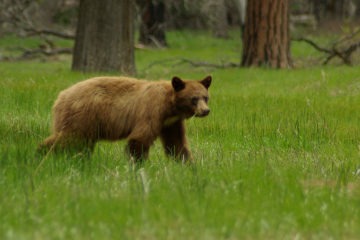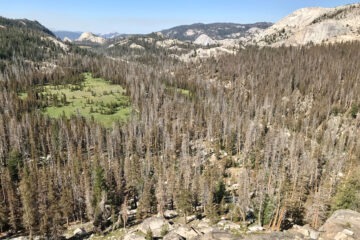Learn more about the vision of restoring resilience in Mariposa Grove in this blog from 2015.
The towering Sequoiadendron giganteum, the most massive and third longest-lived tree species on the planet, grow in three groves in the park: the Merced and Tuolumne groves, near Crane Flat; and Mariposa Grove, near Wawona.
The largest of those groves, Mariposa, is home to about 500 mature giant sequoias. Those trees helped inspire the 1864 Yosemite Grant Act, which established the Valley and Mariposa Grove as the nation’s first protected public lands.
Since that landmark act, however, heavy human traffic has taken a toll on Mariposa Grove. Next week, on July 6, 2015, the grove will be closing temporarily to facilitate a major National Park Service- and Conservancy-funded restoration project that will ensure the long-term survival of the sequoias and their forest ecosystem.
Curious about what the grove will look like when it fully reopens? Here’s a quick look at some of the key components of the vital restoration work taking place over the next 18 to 24 months.
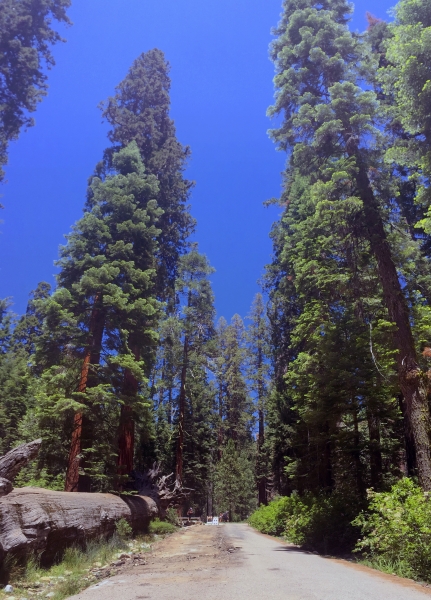
From Paved to Permeable
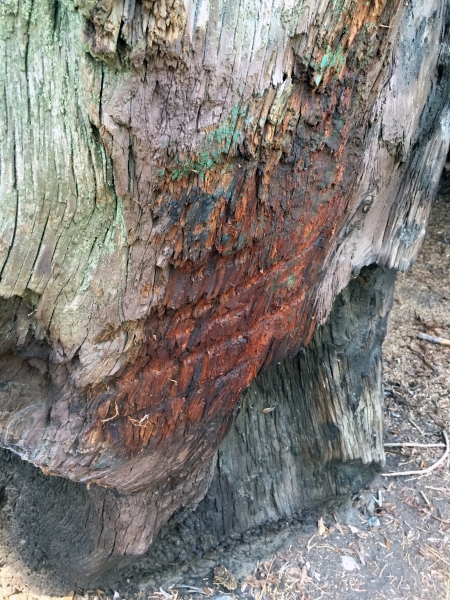
Throughout the grove, paved surfaces, including roads and parking areas, are being transformed. Over the years, vehicle use has marred trunks, damaged shallow roots and disrupted water flow.
Replacing asphalt with raised boardwalks and semi-permeable surface material will create a trail system that allows visitors to explore without inadvertently damaging the sequoias and other plants.
Expanding Accessibility
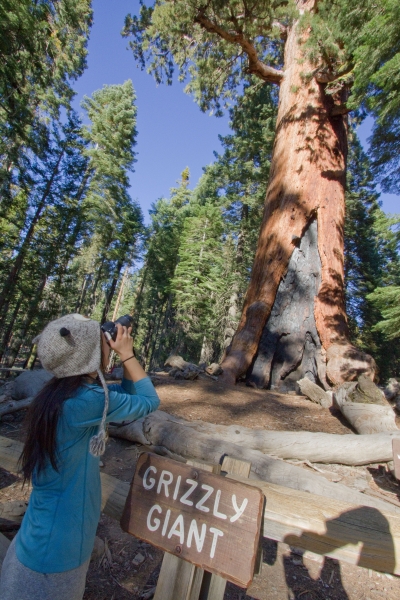
Towering more than 200 feet over the forest floor, the awe-inspiring 1,800-year-old Grizzly Giant attracts an eager audience: Research shows that 80 percent of grove visitors make their way to its gnarled, fire-marked trunk.
This magnificent tree and its famous neighbor, the California Tunnel Tree, however, have remained largely off-limits to people with disabilities.
When the grove reopens, a universally accessible trail and nearby parking spaces will allow all visitors to experience these iconic trees first-hand. Similarly, a new accessible loop trail in the lower part of the grove, complete with boardwalks, benches and interpretive signs, will enable people with a range of physical abilities to explore and learn about the sequoias and surrounding habitat.
Water Flow and Wildflowers
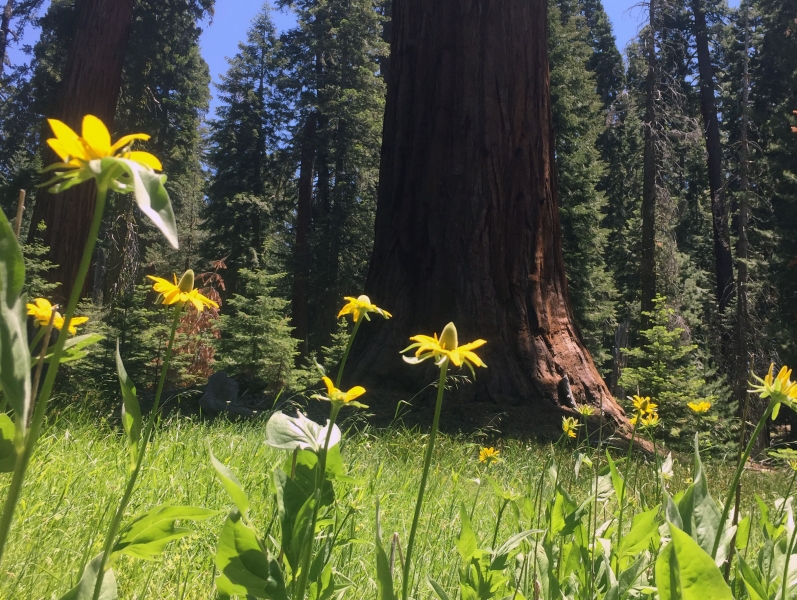
Roads, parking lots and compacted trails have fragmented Mariposa Grove’s wetland network. A combination of more permeable surfaces, boardwalks and culverts will restore natural water flow, helping young sequoias better handle dry periods and supporting the grove’s animal inhabitants, including spotted owls, Pacific fishers and pallid bats.
This summer, crews will begin salvaging California coneflowers, sedges, bog orchids and other water-loving plants that will be used to repopulate the grove’s wetlands.
Going Above the Giants
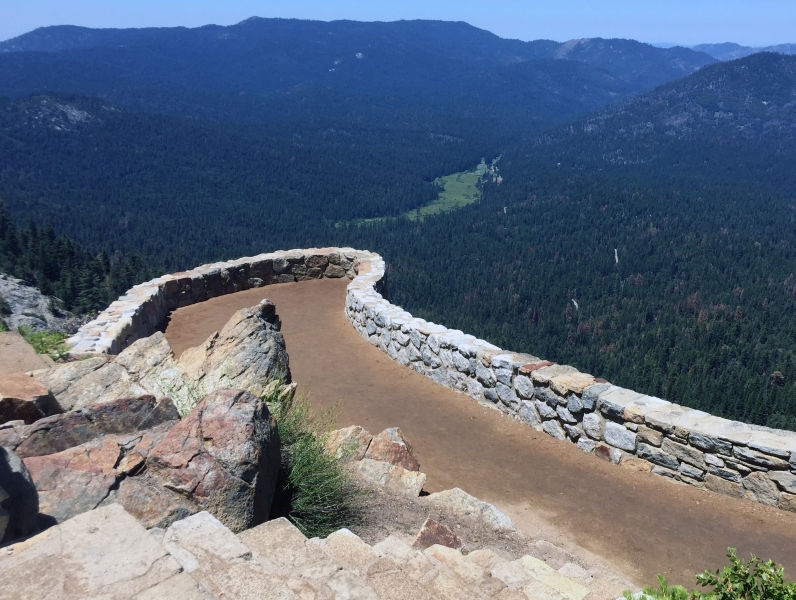
Efforts to restore the grove area extend even above the titantic trees. At Wawona Point, an outlook above the grove offering panoramic views of the park’s western edge and the South Fork Merced River valley, crews have already repaired rockwork and railings, removed pavement and started revegetating the area.
During the temporary closure, you can access this picture-perfect picnic spot at 6,810 feet by following the Outer Loop Trail from Wawona or Fish Camp.
But I Want to See the Sequoias …
Mariposa Grove might be closing temporarily, but there are plenty of other places to experience the majesty of California’s ancient forest giants. If you’re in Yosemite, head to the Merced and Tuolumne groves near the Big Oak Flat entrance. You can also see sequoias at Calaveras Big Trees State Park, in the Grant Grove at Kings Canyon National Park and in the Giant Forest at Sequoia National Park.
Stay tuned for periodic updates about progress on different aspects of restoring resilience in Mariposa Grove. In the meantime, you can find more information about the project schedule on the park’s website (nps.gov/yose), or get an in-depth look at Yosemite’s giant sequoias in the November 2014 issue of Yosemite Conservancy magazine and in the “Big Trees” episode of Yosemite Nature Notes (available on YouTube or the Yosemite National Park website).

